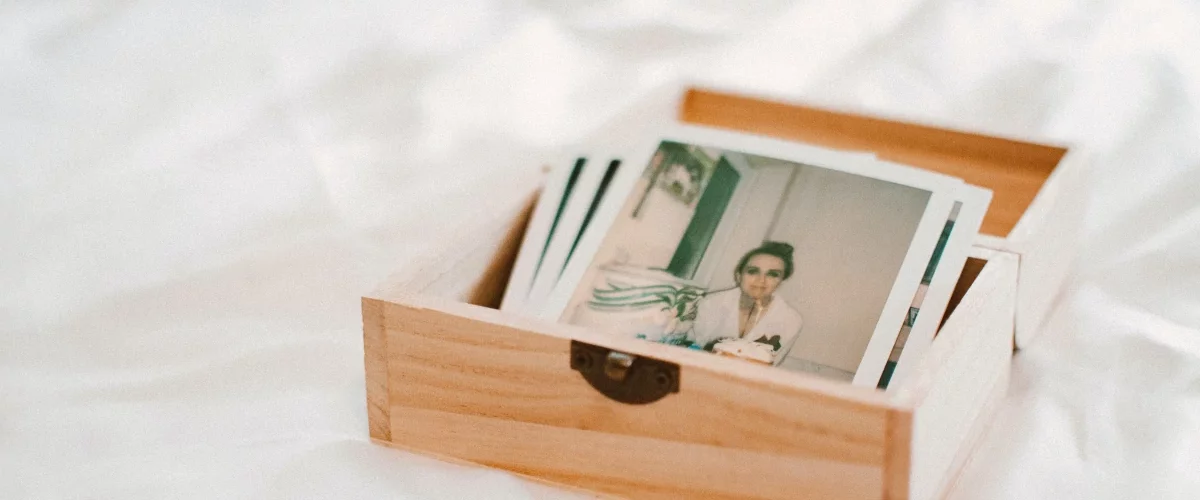Art has long been revered for its ability to capture moments, evoke emotions, and convey stories. From ancient cave paintings to contemporary masterpieces, visuals have been used to preserve history and personal experiences, acting as a bridge between the past and the present. This article explores the profound connection between art and memory, showcasing how visual representations serve as timeless vessels, carrying the essence of human experiences through generations.
The Impact of Historical Artworks
Ancient civilizations used art to document their histories, beliefs, and achievements. The Egyptian hieroglyphs are a prime example of how art immortalized their culture, rituals, and rulers. The Rosetta Stone, a monumental slab with inscriptions in three scripts, allowed scholars to decipher these hieroglyphs, unlocking the secrets of a bygone era.
Similarly, the Bayeux Tapestry, an embroidered cloth from the 11th century, narrates the events leading up to the Battle of Hastings. This historic artwork provides a visual account of a significant event in British history, making it a valuable historical resource.
Religion has also heavily relied on art to preserve its teachings and stories. The intricate religious frescoes adorning the walls of ancient churches and temples are not only awe-inspiring but also serve as visual catechisms for worshippers. Michelangelo’s iconic Sistine Chapel ceiling depicts scenes from the Book of Genesis, reminding visitors of biblical tales.
The Role of Art in Personal Memory Preservation
Art transcends collective memory and finds its place in personal experiences. People have utilized art to commemorate cherished memories and significant life events. Photographs and paintings of loved ones, places, or moments allow individuals to relive their most precious memories.
Art therapy is a powerful tool that helps individuals process trauma and emotions. For those facing personal challenges, creating art can be therapeutic, providing a safe space for expression. The art produced during these sessions acts as a tangible representation of their emotional journey, preserving their experiences in a unique way.
In the modern era, artists often use their work to comment on contemporary social issues. For instance, Banksy’s thought-provoking street art addresses political and societal problems. His artwork, “Girl with a Balloon,” conveys a message of hope and loss, reminding us of the fleeting nature of existence.
Photography as a Time Capsule
Photography, as a visual medium, is a remarkable time capsule. Vintage photographs capture a slice of life from the past, allowing us to glimpse the fashion, culture, and society of bygone eras. The “Migrant Mother” photograph by Dorothea Lange, taken during the Great Depression, encapsulates the hardships faced by many Americans during that tumultuous period.
The Benefits of Art in Memory Preservation:
- Emotional Connection: Art invokes emotions that resonate with the audience, making memories more vivid and impactful. This emotional connection creates lasting impressions that stand the test of time.
- Universal Language: Art transcends linguistic barriers, making it a universal language of memory. People from different cultures and backgrounds can appreciate and understand the emotions and stories conveyed through visuals.
- Longevity: Artworks can withstand the ravages of time, preserving memories for centuries. From ancient cave paintings to Renaissance masterpieces, art has proven its ability to endure.
- Cultural Legacy: Art becomes part of a culture’s legacy, passing down traditions, values, and experiences to future generations.
- Reflection and Understanding: Art encourages introspection and understanding. Through visual representations of history and personal experiences, individuals gain insights into their own lives and the world around them.
Conclusion
Art and memory share a profound and symbiotic relationship. Visual representations, whether ancient cave paintings or contemporary photographs, have been instrumental in preserving history and personal experiences. From ancient civilizations to modern artists, art continues to serve as a time capsule, carrying the essence of human experiences through time.
The emotional connection, universal language, longevity, cultural legacy, and reflective nature of art provide invaluable benefits in memory preservation. By embracing the power of art, we can ensure that our collective and individual stories remain alive for generations to come. Let us cherish and celebrate the artworks that preserve the tapestry of human existence. Moreover, shape the legacy of our history and memories.
Find out more interesting articles at Luxpeer’s Art Blog.
